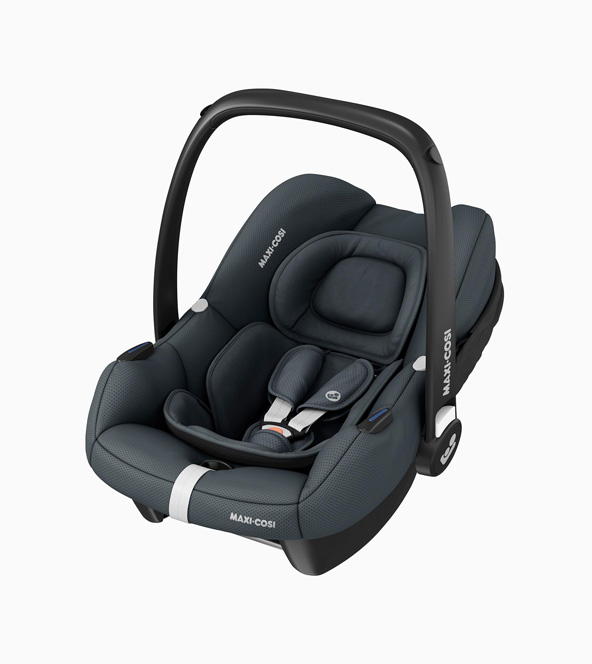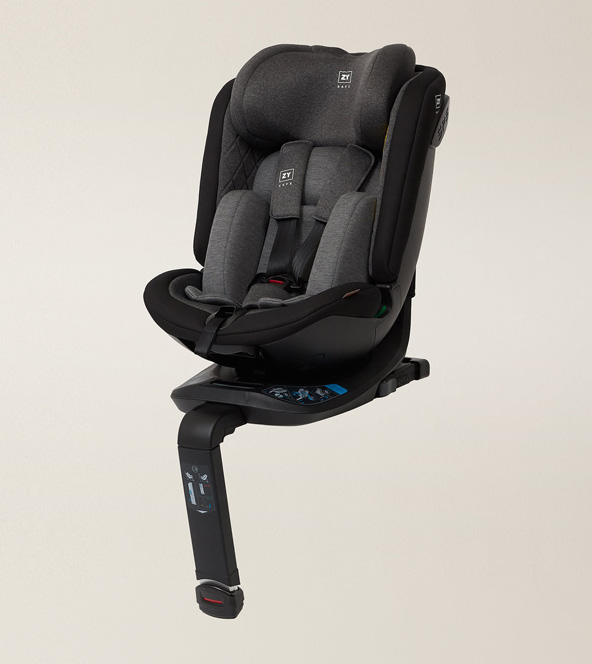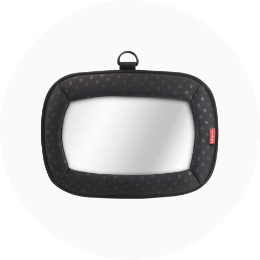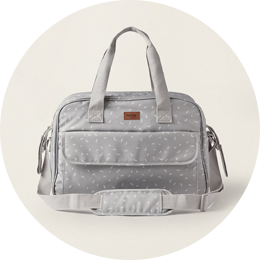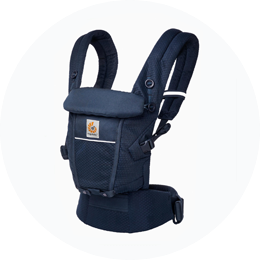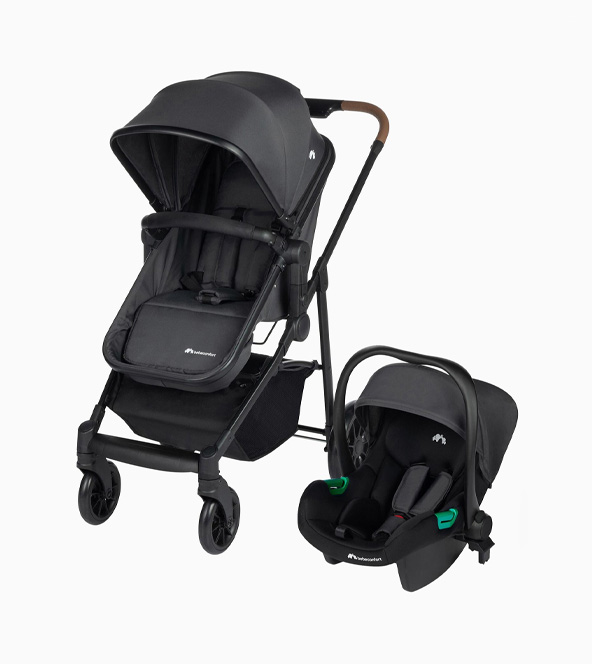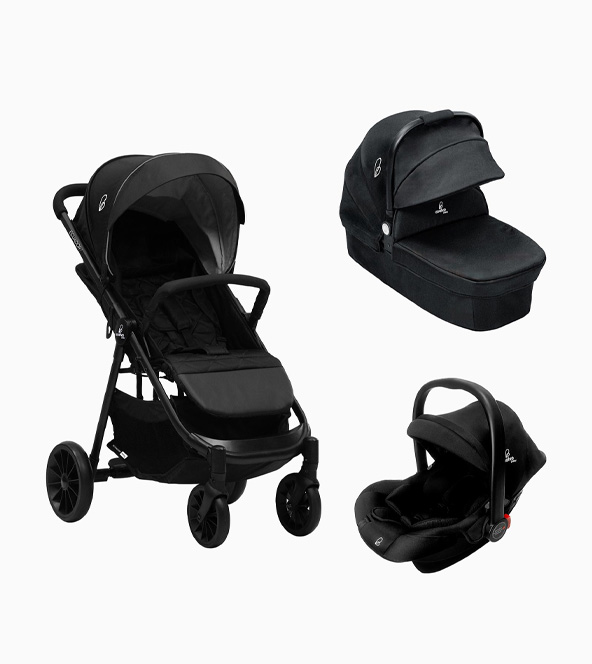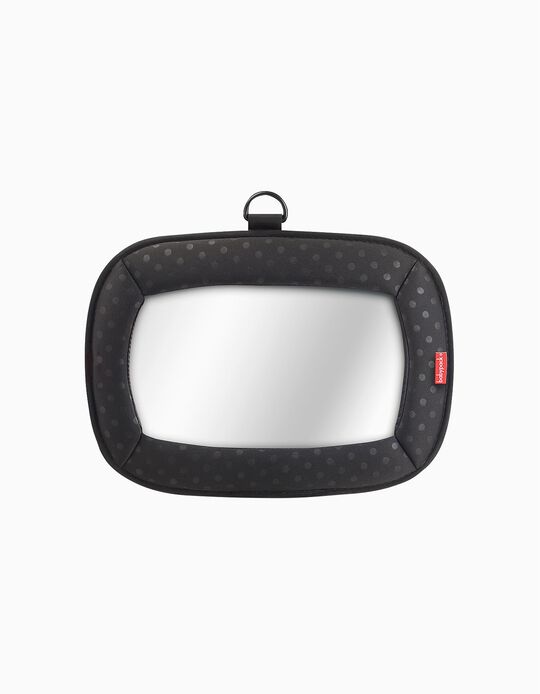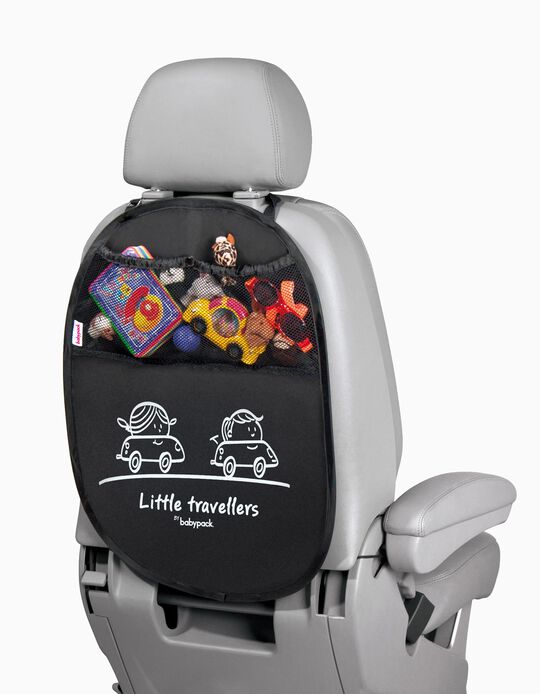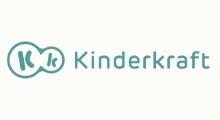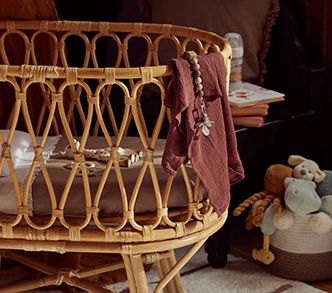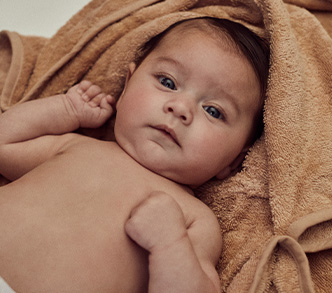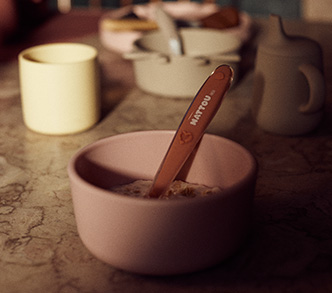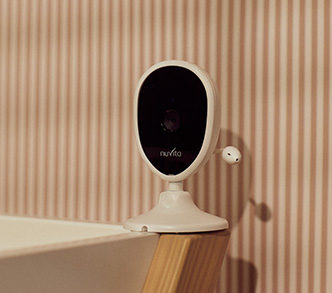Car seats certified for use up to 13 Kg (R44/04) or up to 75 or 87 cm tall (R129) are the best travel system for newborn babies. They are small and come equipped with inserts that help to adapt baby's small body to the car seat. It is very important to ensure that the harness (inner belt) can be adjusted to different heights as the baby grows. It must be shoulder height and easy to tighten. Adjust the harness every day ensuring that the space between the harness and the shoulder is only enough to slip a finger under.
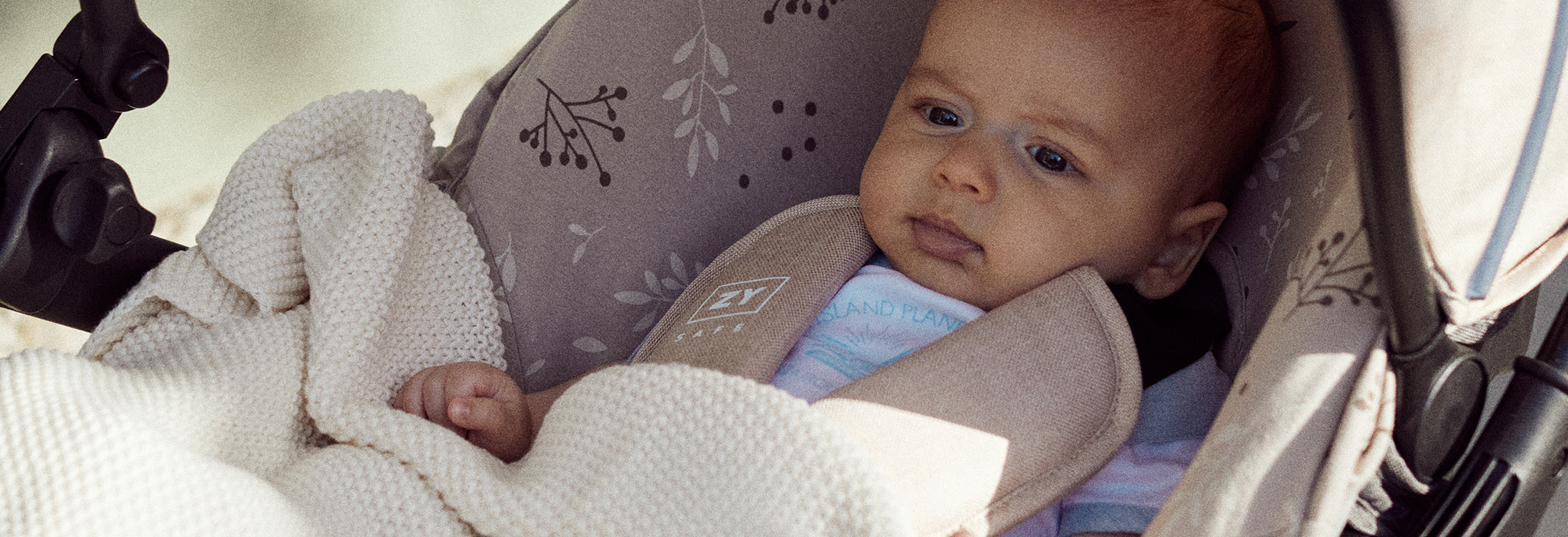
Car Seats & Strollers For Baby
Car Seats & Strollers For Baby
Find the Ideal Car Seat
Choosing a car seat for your baby is one of most important decisions when baby arrives, not only because you have to consider their comfort, but most importantly because of safety when travelling by car. It is very important that you are aware of the different kinds of car seats on the market so that you can choose the best for your baby and one that is compatible with your car.
For newborn babies, toddlers or children: it's now easier to find the car seat you need!
Pushchair for Babies
Find the perfect Pushchair
As is the case with car seats, choosing a pushchair needs careful consideration as it involves quite an investment that will directly affect your baby's comfort and safety. Did you know, for example, that you can choose a pushchair and car seat travel system? Check out our suggestions and find the ideal travel system for your baby.
The most popular car seats and pushchairs
Zippy has the best car seats, pushchairs and accessories brands on the market. Click on the brand to see what we have to offer:
Car Seats & Strollers
Frequently Asked Questions
Article 55 of the Highway Code, which regulates the transport of children by car, sets out that all children under 12 years of age or under 135 cm tall must be always be seated in a certified car seat adapted to their size and weight, preferably in the back of the car.
Parents are always eager to start using a larger car seat too soon, often before children are 9/10 months old (less than 10 kg) because this is when they start kicking the back of the front seat. Don't! Babies should only be moved to a larger seat when they are about to reach the maximum weight or height for which the seat is recommended, when the harness is too far below shoulder-height, or when their head is higher than the top of the backrest. So, even if they can kick the front seat or don’t have much leg space, don’t compromise their safety. If necessary, remove their shoes so that they have more space and can travel comfortably.
As is the case with several national and international bodies, APSI (Portuguese Association for the Promotion of Child Safety) recommends that children travel in rear-facing car seats for as long as possible - ideally until they are 4 years old, but at least until they are 2. Comparatively to their total body weight, children's heads are quite heavy and large (approximately 25% compared to 6% for adults) until they are 4 years old, which is why rear-facing seats are safer in the event of an accident.
There are certified car seats on the market for children up to 18 Kg or 25 Kg (R44) or up to 105 cm (R129) which allow for rear-facing transport until very late. Once they are 3 or 4 years old, or weigh 15 Kg, they can then be moved to a booster seat with backrest. These can usually be height-adjusted so that the safety belt holds both the child and the seat together as one.
When installing a car seat in the car follow the instructions of the manufacturer to ensure that the child's safety is not compromised.
For car seats installed using the car safety belt, ensure that the belt is correctly inserted in the guides and is not twisted or loose.
For the car seat to effectively protect your baby or child, the harness – the Y-shaped belt for baby car seats (one strap goes between the legs and the other two on the shoulders) - must be secure. Car seats for older children come with 5 straps (one between the legs, two on the hips and two on the shoulders).
The harness on rear-facing seats must be shoulder-height or slightly below the shoulders. For front-facing seats, the harness must be shoulder-height or slightly above the shoulders.
Adjust the harness every day ensuring that the space between the harness and the shoulder is only enough to slip a finger under. Whenever possible, remove any thick or padded jackets as they will loosen the harness which then will slip off the shoulders.
For R44 certified car seats, installation must be as follows:
- If rear-facing: the car safety belt must follow the blue guides;
- • If front-facing: the car safety belt must follow the red guides
Daily use of these seats loosens the straps, so it is important to check them frequently - at least once a week - to ensure that the seat is stable and stays in place when the car brakes or in the event of an accident. Rear-facing car seats must be tilted to 45 degrees in relation to the base of the seat so they are not lying too far back nor too upright. In this way, they will support the baby's head and back evenly, distributing the any impact should the driver need to brake forcefully or in the event of a collision affecting the whole seat structure.
There are two different ways to install R129 and i-Size certified car seats: the car seat comes with Isofix connectors attached to the seat, or it comes with an Isofix base. In both cases, these connectors (usually yellow) must be be pulled outwards to their full length and then attached to the two anchor points at the bottom of the seat of the vehicle, between the seat and the backrest. Once installed, a green light or a green mark can be seen on the connector, the seat or on the base indicating that the baby seat is installed correctly.
Next, the third support point must be fixed to prevent the chair from rotating in case of accident. There are two ways to do this:
- The Isofix base has a support leg that must be fully pulled out and positioned on the floor - another green light comes on indicating that this step has also been carried out correctly. When the car seat is fixed correctly on the Isofix base a third green light comes on or a green indicator becomes visible.
- Car seats with no base come with a top tether - a strap with a connector on the end that attaches to a bar with the Isofix symbol on the back of the seat, the boot of the car, or the roof of the car. This strap must be pulled out completely, untwisted and pulled tightly through the middle of the headrest of the seat on which the baby car seat is installed.
All R129 baby car seats installed with the car safety seat belt (some baby car seats and booster seats for children over 4 years of age) come with green marked safety belt guides.
Before being launched on the market, each product goes through a validation process carried out by certified laboratories that guarantee that such car seat meets the parameters laid down by the law. Being certified means that the item complies with the safety requirements expressed in the United Nations Economic Commission for Europe (UNECE) regulations.
There are baby car seats on sale in Portugal validated by two different regulations:
R44 is the oldest regulation and it certifies cars seats per weight with certification number starting with 04, that is, the more recent version of the regulation in force. Most can be installed using the the 3-point
safety belt, but there are other seats that are installed using the Isofix system. Baby car seats are usually certified for use from birth up to 13 Kg.
Systems approved by the R44 regulation can still be used as they are an important solution for vehicles with no Isofix system. Once installed and used correctly, they provide a good safety level.
The R129 is the more recent regulation, also known as i-Size - the updated R44. In this case, car seats are certified by height and not by weight.
The R129's main benefits are that it is easier to choose and swap car seats, make decisions on what direction they face, and how they are installed.
Introducing height as reference (instead of weight groups that overlap) and not allowing front-facing transport of babies before the age of 15 months are some of the points that make it easier for families to choose a baby car seat and they also ensure that fewer mistakes are made when using it. Also, introducing requirements for lateral impact, which had been non-existent, means further protection and safety.
In its first phase, the R129 was only applicable to car seats with their own in-built belt for Isofix installation. However, some car seat brands are certified from birth up to 75 or 87 cm which can be installed with the Isofix system (usually with a base) or with the 3-point car seat belt. Such versatility means that the baby car seat can be used in different vehicles, with or without Isofix, as both systems are safe when the installation instructions are followed carefully.
